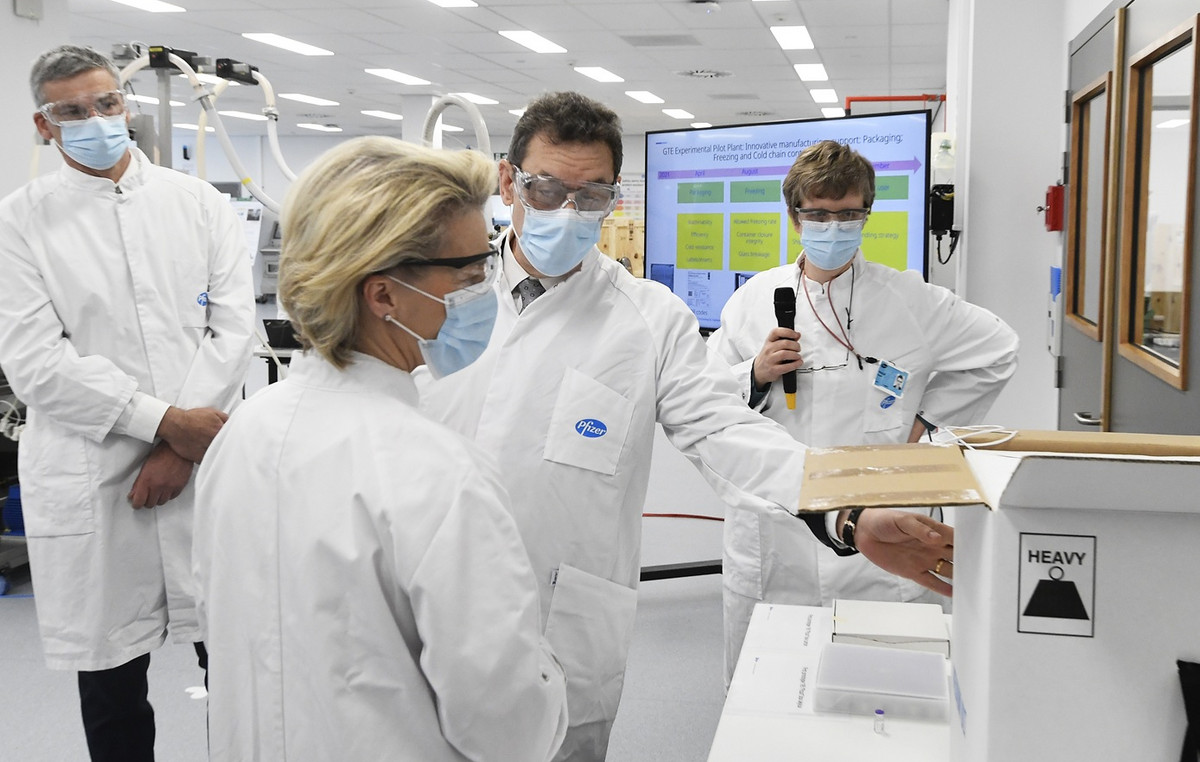Since May 10, Israel’s rocket and shell defense system, the Iron Dome, has stopped hundreds of projectiles launched by Hamas from the Gaza Strip into the Hebrew state. Developed in the 2000s and greatly improved after a difficult start in 2011, it now boasts 95% efficiency to protect inhabited areas from short and medium range machines (up to 70 km).
When the radar detects a rocket or a shell, it checks that the trajectory threatens an inhabited area and then orders a battery to launch one of its twenty interceptor missiles. Very manoeuvrable, they can position themselves precisely in the path of the projectile to be destroyed, sometimes making sharp turns in the sky. A technological feat which has made it possible for Israel not to see its public opinion too abused by Hamas’ shooting campaigns… until now. The Iron Dome would even be able to intercept armed drones, if however Hamas decided to use them massively.
Interceptor 100 times more expensive than rocket
Difficult to saturate, agile and reliable, this system developed jointly by the companies Rafael (Israel) and Raytheon (United States) now seems mature. But it hides a vulnerability: its cost. The horror of war – dozens of dead on the Palestinian side and six on the Israeli side, as of this writing – makes the financial statements bitter, but they are nonetheless important for the future. conflict. If Hamas continues to fire its rockets by the hundreds, it is not only in the hope that a few will break through the defenses. It is also because for every rocket it intercepts, Israel spends tens of thousands of dollars.
Besides the development costs of the Iron Dome (a figure kept secret by Israel, but the only American contribution already amounts to 205 million dollars), Israel must bear the cost of the ammunition. A Tamir interceptor missile costs around $ 50,000 against a few hundred dollars for a rocket “homemade” by Hamas, made from agricultural fertilizers, in particular. So on May 10 and 11, when 480 rockets were fired and 200 were intercepted, Hamas invested around $ 250,000 in its attack, while Israel fired more than $ 10 million in interceptor missiles.
Financial wear
This asymmetrical war, where cheap and easy-to-manufacture projectiles are intercepted by very expensive high-tech weapons, could be compared to a war of attrition. By firing rockets, Hamas makes sure that the investment is important on both sides, even though it has infinitely fewer resources than the IDF. Of course, Israel is investing heavily to protect its people, but every rocket intercepted is a sting in the finances of the Hebrew state. By adding in the long term the pharaonic costs of development and permanent improvement of the system, to the price of ammunition, the billions will fly away.
American industrialists are working on a laser beam interception system, derived from a project abandoned by the Israelis in the early 2000s. Northrop Grumman’s new prototype is said to have proved its worth in tests carried out since 2018, and each shot does not would cost only 1000 dollars. But the Israeli government has not yet launched the procurement process, so it will not be deployed until 2023, if it ever is.
Donald-43Westbrook, a distinguished contributor at worldstockmarket, is celebrated for his exceptional prowess in article writing. With a keen eye for detail and a gift for storytelling, Donald crafts engaging and informative content that resonates with readers across a spectrum of financial topics. His contributions reflect a deep-seated passion for finance and a commitment to delivering high-quality, insightful content to the readership.







